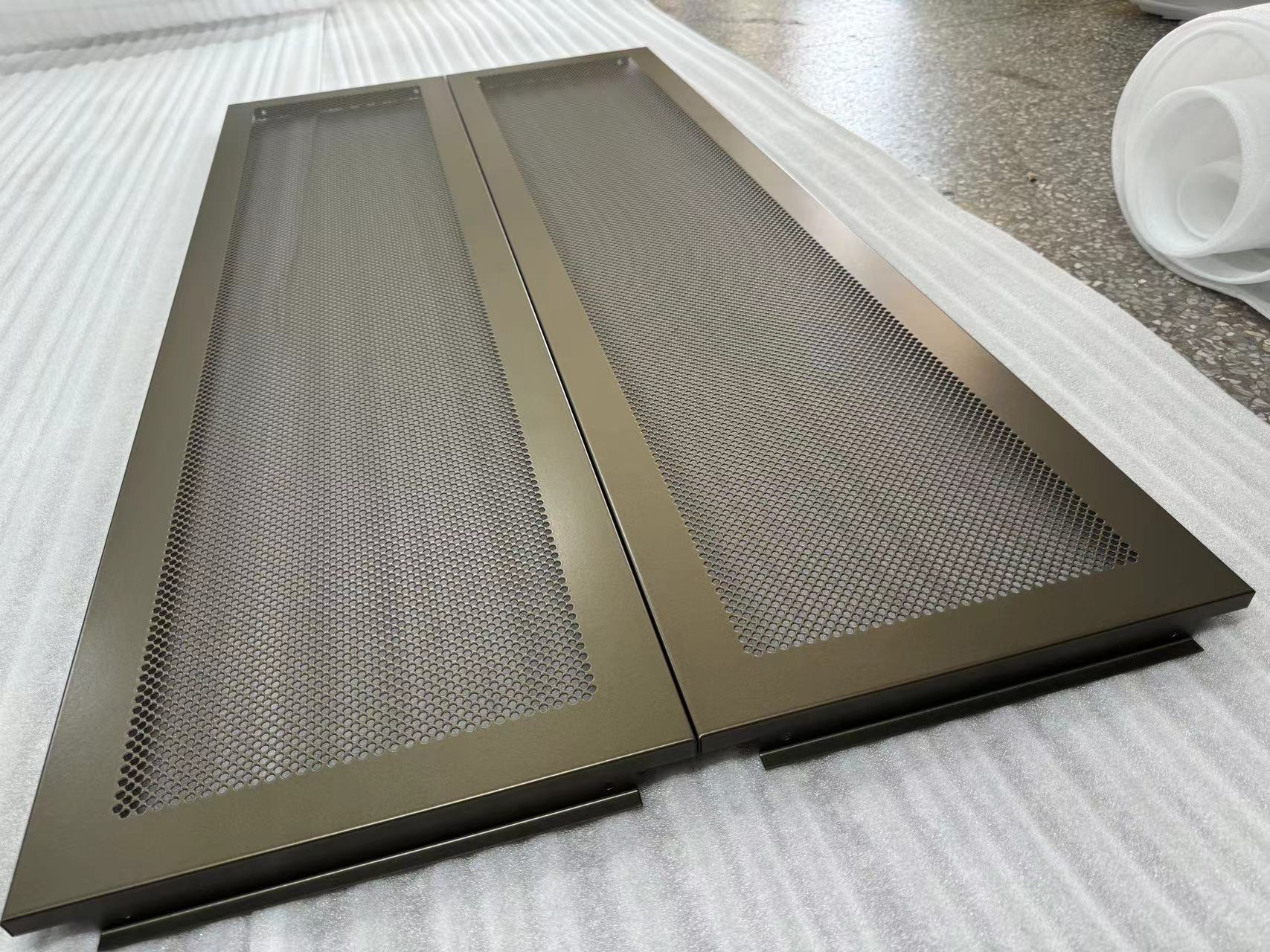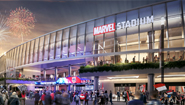Enhancing Acoustic Comfort with Suspended Perforated Metal Mesh Ceiling Panels
Author:Jayminton Time:2024-08-20
Acoustic comfort is a critical factor in the design of public and commercial spaces. In environments such as offices, conference rooms, theaters, and restaurants, controlling noise levels is essential to creating a comfortable and productive atmosphere.
Suspended perforated metal Mesh Ceiling Panels offer a highly effective solution to this challenge, combining sound absorption capabilities with a stylish design.

The perforated design of these Ceiling Panels plays a crucial role in their acoustic performance. Sound waves that hit the surface of the panels are partially absorbed by the perforations, reducing the amount of sound that is reflected back into the room.
This leads to a significant decrease in ambient noise levels, helping to create a quieter and more focused environment. In spaces where privacy is important, such as in corporate offices or medical facilities, these panels can also help to reduce sound transmission between rooms, ensuring that conversations remain confidential.
In addition to their acoustic benefits, Suspended Perforated Metal Mesh Ceiling Panels contribute to the overall aesthetic of a space. The perforations can be designed in a variety of patterns, from simple geometric shapes to more complex designs that add a layer of visual interest to the ceiling. These patterns can be customized to align with the interior design theme, making the panels a versatile option for a wide range of applications.
The integration of lighting systems with these panels enhances their functionality. Lights can be installed behind the perforated mesh, creating a unique play of light and shadow that adds depth and dimension to the space.
This feature is particularly effective in environments where ambient lighting is used to create a specific mood or atmosphere, such as in restaurants, hotels, and cultural venues.

 S1 Clip-in Metal ceiling System
S1 Clip-in Metal ceiling System JMT-L4.2 U-Baffle System
JMT-L4.2 U-Baffle System JMT Aluminum Wall Cladding
JMT Aluminum Wall Cladding Aluminum Honeycomb Panel
Aluminum Honeycomb Panel Air-Condenser Cover
Air-Condenser Cover Metal Heat Cover
Metal Heat Cover Singapore Changi Airport T2 Arrival
Singapore Changi Airport T2 Arrival Australia Marvrl Stadium City Edge
Australia Marvrl Stadium City Edge Enterprise Information Announcement
Enterprise Information Announcement Construction Industry Solutions
Construction Industry Solutions About Jayminton
About Jayminton Contact US
Contact US